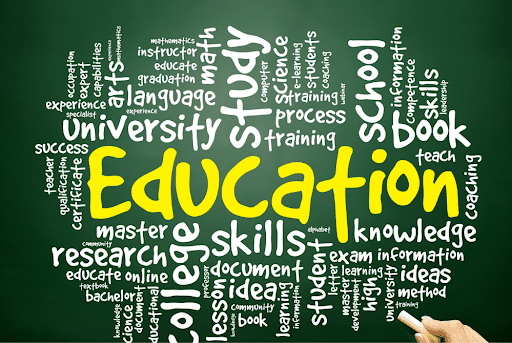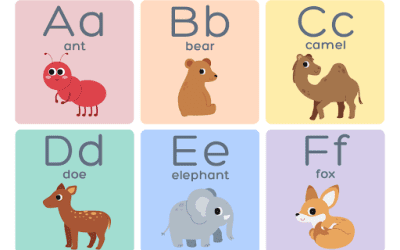What Is EdReports?
EdReports is a non-profit organization that provides independent, evidence-based reviews of K-12 educational materials. These include both textbooks and technology-based products. The reviews are designed to help schools and districts make informed purchasing decisions, ensuring that the materials they select are high-quality and aligned to state standards.
Why Should Publishers Care About EdReports?
Publishers should care about EdReports because the reviews it provides are widely used and respected by educators, school districts, and state departments of education. When materials receive a positive rating, it can increase their chances of being adopted by schools and used by students. This can result in increased sales and revenue for the publisher. On the other hand, if a publisher’s materials receive a low rating, it may have a negative impact on their reputation and sales.
What Are Some General Qualities That EdReports Uses To Assess Materials?
EdReports uses a rigorous and transparent process to assess educational materials. The organization has established a set of criteria that are based on research-based best practices and are aligned to state standards. Some of the general qualities that EdReports uses to assess materials include:
Alignment:
Does the curriculum accurately reflect the content and rigor of the standards it is intended to support?
Focus:
Does the material provide sufficient focus on the content and skills that are most important for student learning, without including unnecessary information?
Coherence:
Does the curriculum logically present information, making connections between different parts of the material and to the state standards?
Rigor:
Does the material challenge students to think deeply and apply their knowledge, and does it prepare them for college and career readiness?
Usability:
Is the material well-designed and easy for educators to use, including clear and effective lesson plans, assessments, and other supports for implementation?
Accessibility:
Does the curriculum meet the needs of all students, including those with disabilities and English language learners?
Content:
Does the material meet the unique demands of the specific content area? Will students be able to master mathematics, English language arts, science and social studies objectives?
What Is the Review Process Like?
EdReports’ review process is thorough and comprehensive. It takes into account multiple sources of evidence, including a detailed analysis of the materials, teacher feedback, and student achievement data. The organization’s experts, which include content specialists, instructional coaches, and classroom teachers, carefully examine each curriculum to ensure that it meets the criteria outlined above.
Ratings
The ratings that EdReports gives are as follows:
- “Meets Expectations” indicates that the materials align with the standards and provide high-quality instruction.
- “Partially Meets Expectations” indicates that the materials align with some but not all of the standards, or that there are some areas that could be improved.
- “Does Not Meet Expectations” indicates that the materials do not align with the standards or provide high-quality instruction.
Once a curriculum has been reviewed, EdReports provides a detailed report that summarizes its findings. The report highlights the strengths and weaknesses of the material and offers recommendations for improvement. Publishers can use this information to make changes to their materials and improve their chances of receiving a positive rating in future reviews.
Summary
EdReports is a valuable resource for publishers, providing independent and evidence-based assessments of K-12 educational materials. By ensuring that their materials meet the high standards set by EdReports, publishers can be assured that their materials will help students succeed academically. In using a rigorous and transparent review process and considering key factors such as alignment, focus, coherence, rigor, usability, and accessibility, EdReports helps to ensure that educators and students have access to high-quality educational materials.




